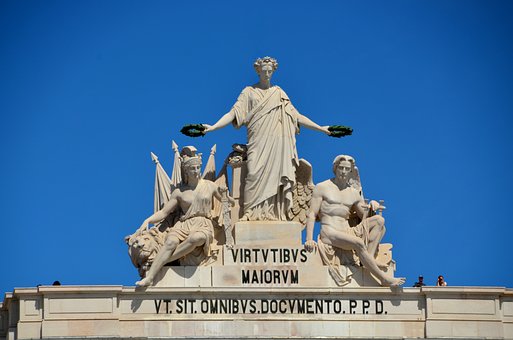Portuguese Architecture
The culture, and with it the architecture, of Portugal has a long history, and has gone through a centuries-long development to become what it is today. However, no culture in history has developed inside a vacuum and resisted external influences. The Portuguese culture in particular has gained most of its influence from Roman, German, and Arab cultures.
Architecture
Roman and Gothic style of art have had a heavy influence of Portuguese architecture, and are responsible for some of the most beautiful cathedrals and buildings that can be seen in Europe to this day.
The 16th century, however, saw the end of the Gothic style in Portugal, and the birthing of Mauneline, a unique Portuguese style of architecture and art in general. Mauneline got its name from King Dom Manuel I (1490-1521), who is to be accredited for the construction of some of the most magnificent buildings and works of architecture in Portugal.
-

- Portuguese Architecture-
This particular style has been influenced by some of the great discoveries made by Portuguese navigators and explorers, such as Vasco de Gama and Pedro Alvares Cabral. It combines the elements of late Gothic style with marine ornaments, flora, sails, and twisted columns.
Unfortunately, a great number of original Mauneline-styled buildings were destroyed or damaged beyond restoration in the Great Lisbon Earthquake in 1755. However, there are still some original architectural masterworks built in this style that can be seen throughout Portugal even today.
The earthquake was a tragic event, destroying not only great many historic buildings, but also taking tens of thousands of lives, and leaving Lisbon in need of a heavy restoration. This, however, resulted in the development of a new architectural style. The style was named Pombaline, and it was a mix of Baroque and Neoclassical style. Today, the greatest concentration of buildings in this style can be found in Baxia, the downtown area of Lisbon.
The life of the Mauneline style period may have been short, lasting only around fifty years, but it left an important mark on Portuguese art history, and it has extended from being merely an architectural style, to influencing style in other areas of art, such as paintings, poetry, sculpture, and even furniture.







